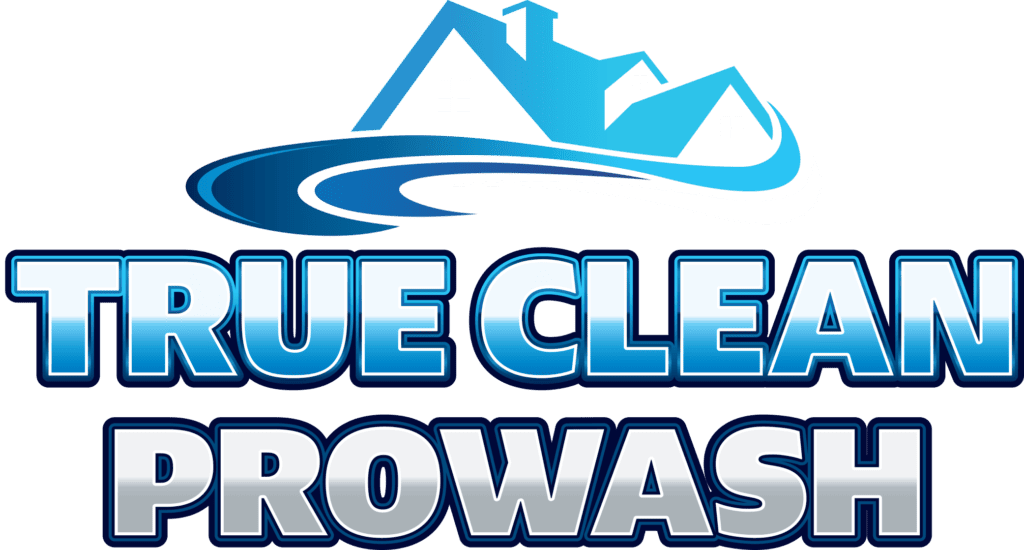Driveway Cleaning and Sealing
Driveways are exposed to a number of factors that cause deterioration and damage over time. Sealing is an economical way to protect your driveway from future problems and repair existing ones.
Before sealing, your driveway must be clean. This process involves power washing and removing any loose contaminants. It also includes scrubbing any mildew or mold from concrete surfaces with non-acidic cleaners. Read on for some ideas.
Clean the Driveway
Keeping your driveway clean helps prevent damage from oil, water, and stains. Regular sweeping and periodic washing using detergent will help you keep it looking good.
Ideally, you should use a concrete cleaning product with a degreasing agent. The specialized chemicals help loosen dirt and other contaminants. They also reduce the need for scrubbing and make it easier to rinse away soap suds. However, these products should be used according to the manufacturer’s instructions as some can cause permanent damage if left on too long.
Some stains can be difficult to remove, especially those from motor oil, brake fluid, and gasoline spills. These stains are more obvious on concrete than asphalt and must be cleaned promptly to avoid unsightly staining. Household items such as cat litter and baking soda can be useful for absorbing fresh surface stains but are not effective at removing what sinks below the surface. Trisodium phosphate (TSP) is another common household cleaner that works well on oil stains, but it has the potential to damage concrete.
Remove Any Loose Contaminants
As the name suggests, driveways are heavily trafficked areas that pick up dirt and contaminants from all the cars passing through. This makes them susceptible to the formation of ugly stains like oil, rust, and grime. These stains are hard to remove and can even become permanent without proper treatment. Sealing your concrete surfaces will prevent them from becoming stained in the future.
Organic stains, such as those caused by leaves and tree sap, are also tough to get rid of. They can only be effectively removed with the help of a strong scrubbing agent that does not alter the concrete color.
After scrubbing, your in-field staff uses the pressure washer to wash away the debris and any remaining staining material. They then rinse the surface of the concrete with fresh water. This fully prepares the driveway for the application of the premium siloxane sealer.
Power Wash the Driveway
Over time, a mix of dirt, oil, and grime can build up on the surface of your driveway. This mixture can eat away at the concrete and cause cracking, which will require expensive repairs. In addition, it can be dangerous for your family and pets.
Power washing the driveway removes this dangerous mix of contaminants, leaving the concrete smooth and safe. It also eliminates weeds, which can grow in cracks and create tripping hazards. It’s a good idea to schedule routine pressure washing of your driveway, especially if you live in an area with heavy rainfalls or a humid environment.
Before you start the cleaning, make sure to clear the driveway of children’s toys and vehicles. It’s also a good idea to cover nearby plants and garage doors with tarps to protect them from accidental spraying of detergents and pressure washer pressure. Begin at the top of your driveway, and work your way down. Working in small sections (10 ft. x 10 ft.) makes the job faster and easier.
Apply the Sealant
Using the directions provided by the sealant manufacturer, pour a ribbon of sealant in a U-shape across the driveway. Use the squeegee or broom to spread the sealant, pushing and pulling it to achieve an even coat. Be sure to cover areas near the wall of the garage, flower beds, and grass to prevent accidental spills or dripping.
Depending on the type of sealant you use, it may require one or two thin coats. Be sure to allow the first coat to dry before applying a second. Use traffic cones to block off the driveway until it’s cured, usually about 12 hours in warmer weather and 24 hours in colder conditions.
Sealing a dirty surface is the same as sticking a sticker on a window—it won’t last long. The dirt, oil, salt, chemicals, and mold under the sealant will quickly render it nearly useless. Penetrating sealers soak into the concrete or asphalt and create a chemical bond, but they also change the surface’s appearance and typically require reapplication every 3-5 years. Definitely worth checking out!
